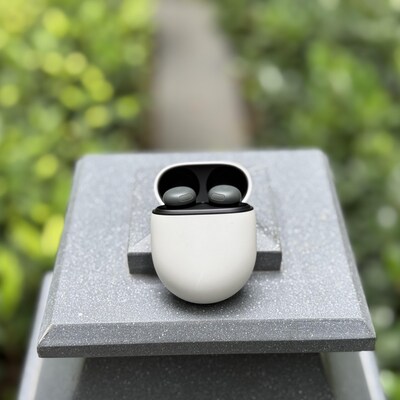[ad_1]
In addition to the Pixel 9 series smartphones and the Pixel Watch 3, Google also launched the second-generation Pixel Buds Pro wireless earphones at its Made By Google event on August 13. The Google Pixel Buds Pro 2 is powered by the Tensor A1 chip, which Google stated is built for advanced audio processing and Google AI. Utilising this technology, the new wireless earphones feature several new artificial intelligence capabilities.
Google Pixel Buds Pro 2: Details
Priced at Rs 22,900, the Google Pixel Buds Pro 2 is powered by the Tensor A1 chip, which the company developed for advanced audio processing and handling Google AI workloads. Google claimed that it processes audio 90 times faster than the speed of sound to adapt to the user’s environment. The Tensor A1 chip also powers Silent Seal 2.0 technology for Active Noise Cancelling (ANC), which, according to the company, allows the Buds Pro 2 to cancel twice the noise compared to its predecessor. Google also stated that the Pixel Buds Pro 2 cancels a wider range of noises, including higher frequencies.
The Google Pixel Buds Pro 2 features 11mm drivers and a new high-frequency chamber that, according to the company, smooths out the treble. This is further enhanced by the Tensor A1 chip’s multi-path processing capability, which Google said adds an additional signal path for music to reach the speaker drivers.
Among the highlight features of the Pixel Buds Pro 2 is a new Conversation Detection feature. This feature uses artificial intelligence to detect when the wearer is speaking and automatically switches to Transparency mode. Once the conversation ends, the Buds Pro 2 switches back to ANC mode hands-free. Another notable inclusion is the Clear Calling feature, which reduces background noise from the person on the other side of the call, thereby improving voice clarity. The Pixel Buds Pro 2 is also compatible with the new Google Find My Device network, enabling users to locate the precise position of the device if lost.
First Published: Aug 13 2024 | 11:23 PM IST
[ad_2]
Source link
